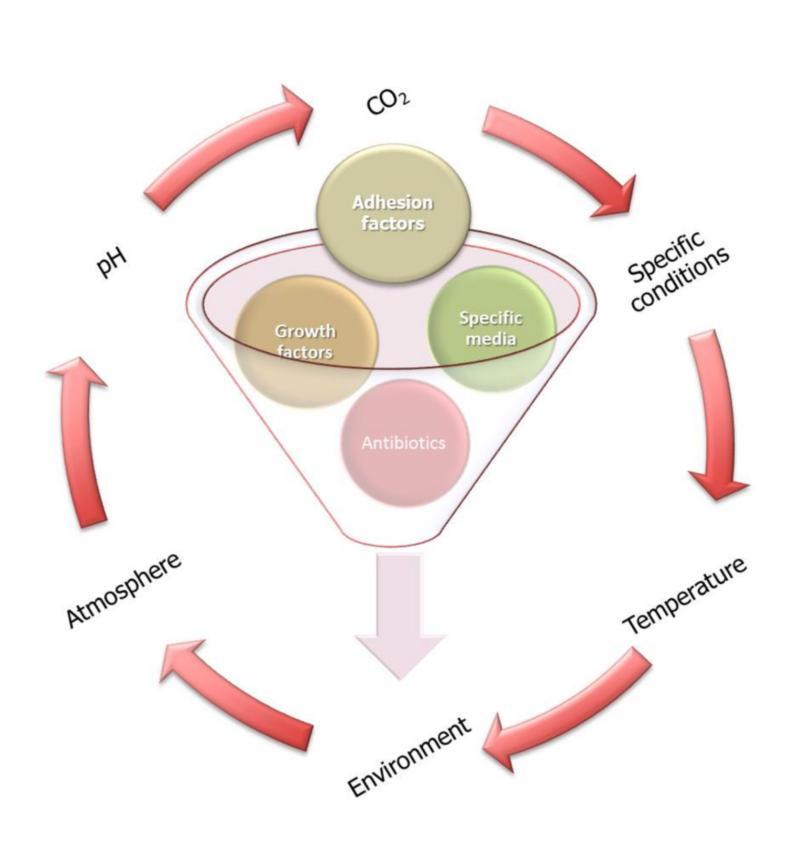
Cell culture growth media: History and the transition from natural to synthetic media
Cell culture or tissue culture is one of the techniques that are mostly used in life sciences in which cells are grown under controlled conditions, outside their natural environment. The cells or tissues, are removed from their original sources and are subsequently placed into an artificial environment for their survival and proliferation (1).
For cell cultivation, cell culture media are used which generally comprise an energy source, amino acids, inorganic salts, vitamins, growth factors, hormones, nutrition, and serum as a source of growth factors. These cell culture media should also help in maintaining pH and osmolality (2).
History of cell culture media
The first instance of an in vitro animal culture occurred in 1882 when Sydney Ringer developed a balanced salt solution called ‘Ringer’s solution’ and successfully kept frog hearts beating after removing it from the body (3,4). This led to a chain of developing balanced salt solutions one after the other, including Locke’s solution, Tyrode’s solution, the Krebs–Ringer bicarbonate solution, Gey’s solution, Earle’s solution, and Hanks’ solution.
This chain of development in cell culture media was followed by the work of Ross G. Harrison in 1907, who successfully monitored an apparent outgrowth of nerve fibers of a frog for several weeks in lymph fluid that had been freshly drawn from the lymph sacs of an adult frog (5). This experiment is also considered to be the beginning of animal cell cultivation.
The use of natural cell culture media
Inspired by Harrison, Alexis Carrel and Montrose T. Burrows researched more on lymph fluid as a cultivation media and found out that it is unsuitable for the cultivation of cells derived from warm-blooded animals and used plasma instead.
Alexis Carrel became the first person in the world to successfully culture mammalian somatic cells and received the Nobel Prize in Physiology and Medicine in 1912 for his research on the vascular suture and transplantation of blood vessels and organs (6).
Establishment of synthetic media
Harry Eagle, a doctor and pathologist discovered that a series of amino acids and vitamins are indispensable for the cultivation of many cell types and developed “Eagle’s Minimal Essential Medium” at the National Institutes of Health at the end of the 1950s which contains glucose, six inorganic salts, 13 amino acids, eight water-soluble vitamins and dialyzed blood serum. With this, Eagle set the basis for the in vitro cultivation of living cells that are still used in laboratories worldwide.
The first completely synthetic nutrient solution was made by Richard G. Ham in 1965 at the University of Colorado. However, the “Ham’s F12” medium only worked with CHO cells (8), a cell line from the ovaries of Chinese hamsters. With time, researchers gained a better understanding of which growth factors, hormones, vitamins, trace elements, and other substrates cells need to thrive outside their natural environment leading to tailor-made medium and their continuous evolution.
References:
1. McKeehan WL, Barnes D, Reid L, Stanbridge E, Murakami H, Sato GH. Frontiers in mammalian cell culture. Cell Dev Biol. 1990 Jan;26(1):9-23. doi: 10.1007/BF02624149. PMID: 2407711.
2. Vis MAM, Ito K, Hofmann S. Impact of Culture Medium on Cellular Interactions in in vitro Co-culture Systems. Front Bioeng Biotechnol. 2020 Aug 4;8:911. doi: 10.3389/fbioe.2020.00911. PMID: 32850750; PMCID: PMC7417654.
3. Yao T, Asayama Y. Animal-cell culture media: History, characteristics, and current issues. Reprod Med Biol. 2017 Mar 21;16(2):99-117. doi: 10.1002/rmb2.12024. PMID: 29259457; PMCID: PMC5661806.
4. Ringer S. A further Contribution regarding the influence of the different Constituents of the Blood on the Contraction of the Heart. J Physiol. 1883 Jan;4(1):29-42.3. doi: 10.1113/jphysiol.1883.sp000120. PMID: 16991336; PMCID: PMC1484842.
5. Harrison RG, Greenman MJ, Mall FP, Jackson CM. Observations of the living developing nerve fiber. Anat Rec. 1907;1:116–128.
6. Carrel A. Artificial activation of the growth in vitro of connective tissue. J Exp Med. 1913 Jan 1;17(1):14-9. doi: 10.1084/jem.17.1.14. PMID: 19867620; PMCID: PMC2125019.
7. Eagle H. The specific amino acid requirements of a human carcinoma cell (Stain HeLa) in tissue culture. J Exp Med. 1955 Jul 1;102(1):37-48. doi: 10.1084/jem.102.1.37. PMID: 14392239; PMCID: PMC2136494.
8. Evans VJ, Bryant JC, Mcquilkin WT, Fiormonti MC, Sanford KK, Westfall BB, Earle WR. Studies of nutrient media for tissue cells in vitro. II. An improved protein-free chemically defined medium for long-term cultivation of strain L-929 cells. Cancer Res. 1956 Jan;16(1):87-94. PMID: 13284736.



